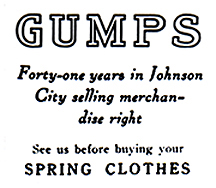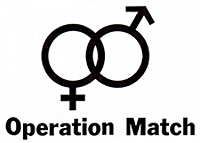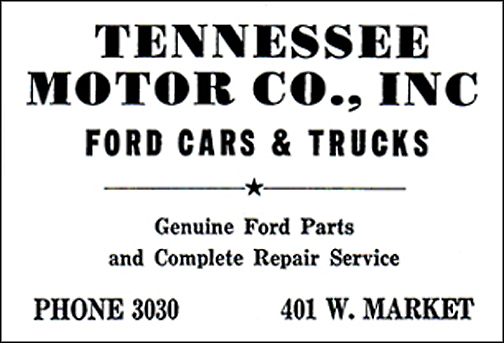I received a letter from Lynn Williams, former radio engineer at radio stations WETB and WBEJ, concerning my Berlin “Pecos Ben” Benfield article.
Lynn alleged: “I began my radio career at WBEJ in Elizabethton on April 23, 1948 as transmitter engineer-operator. Berlin came to the station about that same time. Unlike WETB where the studio and transmitter were together, WBEJ’s transmitter was a mile from the studio. My contact with Berlin was mostly via telephone when we would contact each other at station sign-on or sign-off. In addition to our duties, we engineers did a small amount of radio repairs for friends.”
Lynn recalls a humorous event that occurred after Berlin brought a defective console radio to the transmitter for Lynn to examine to see if it was worth fixing. Benfield flipped his microphone switch off and called Lynn at the transmitter to get a prognosis on the repair. The engineer turned the monitor speaker volume down low so the two of them could converse. What both individuals failed to realize was that Berlin’s microphone switch had stuck in the “on” position, allowing their personal chit chat to be broadcast all over Elizabethton and surrounding area.
Mr. Williams continued: “After Berlin went to WJHL-TV with his Pecos Ben show, I seldom saw or heard him except when I would be passing the television on my way to or from work.” Lynn remembers coming home one day and telling his family that he had run into Pecos Ben. His 4-year-old son, Condon, ran up to his dad and asked, “Did he have his horse?”
“Another memory of Berlin,” said Lynn, “is when Vice-President Nixon came to Carter County and the Roan Mountain Rhododendron Festival. WBEJ and WETB each broadcast the event by delayed tape recording. I was elected to take both stations’ recording equipment to the mountaintop, along with a P.A. system belonging to the Elizabethton Star newspaper. '”Curley’ White (WBEJ) and I went on the mountain trip the evening before and spent the night sleeping on an air mattress in my 1953 station wagon.
“The next morning, newsmen Berney Burleson (WETB) and Mack Morriss (WBEJ) came up to do the announcing and recording. A large crowd assembled by mid-morning. I had the equipment connected and feeding the P.A. set with WBEJ’s signal when Nixon’s entourage came through Elizabethton headed for Roan Mountain. Bill Hale (WBEJ) had set up two broadcast points along the route as well as at the studio proper. As he was manning one of the remote broadcast points, (he spotted) none other than Berlin Benfield, who had been gone from the station for five or six years. Berlin’s familiar sonorous tones and sharp wit echoed forth far and wide from atop Roan Mountain, as he gave a very good description of the activity back in Elizabethton.
“Years later, my boyhood next-door neighbor, Bradie Vanhuss, moved to Atlanta and on one of his visits back to the old stomping ground, I learned that he knew and worked with Berlin Benfield. Bradie had been a carrier for the Johnson City Press-Chronicle in 1940. I accompanied him with both of us riding bicycles.”
Lynn concluded his letter by saying that it was through Brady that he was able to re-connect with Ray Moore, with whom he and Merrill Moore worked at WETB. The former radio engineer blissfully described those bygone days as … “when the air was so pure and the water was so blue.”






